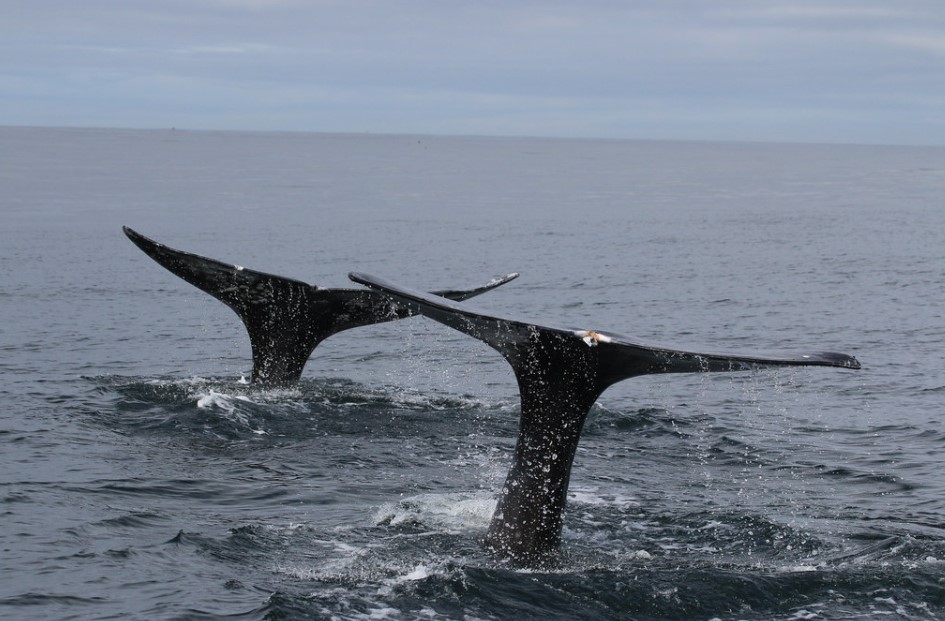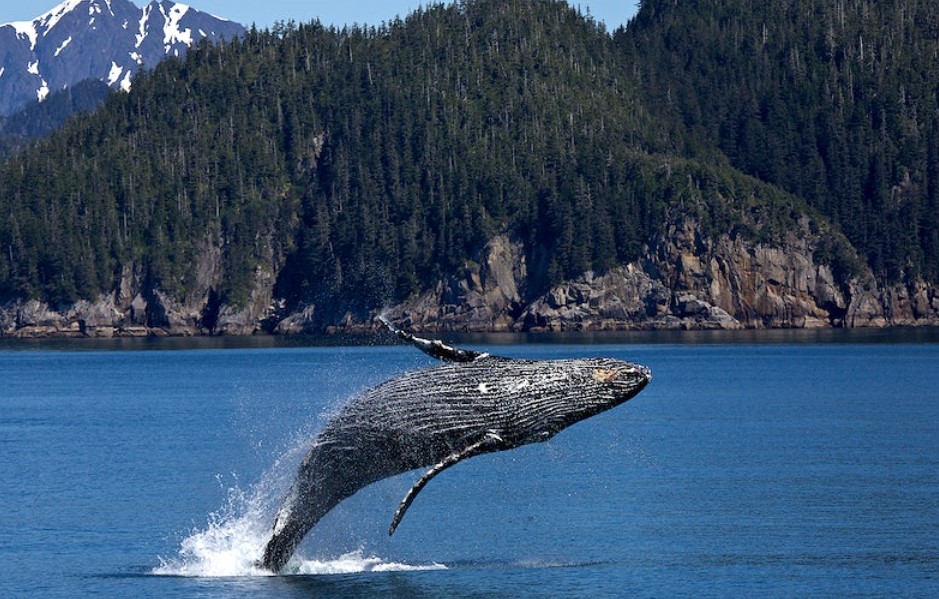On the West Coast of North America, gray whales (Eschrichtius robustus) are the most commonly seen large whales from shore. There are few sights more exciting (or more thrilling, for that matter) along the Oregon coast than seeing a gray whale’s surface. It is estimated that these behemoths will reach a length of 45 feet and weigh 35 tons.
Mammals larger than Greyhound buses breaking the surface of the ocean have a way of emptying the mind of mundane concerns. Gray whales might look like a hull of an old ship if not for their expressive eyes. They are covered in seaweed and have barnacles and other parasites on their backs.

It wasn’t until 1946 that the International Whaling Commission fully protected gray whales from extinction. After several years of decline, the population has dramatically rebounded. It is estimated that the gray whale population has reached 23,000 since it was delisted from the Endangered Species List in 1994.
The gray whale continues to enjoy worldwide protection despite a quota of 176 whales harvested annually along the Siberian coast. During the summer, an estimated 200-400 gray whales can be observed off the Oregon coast. While migrating populations pass through Oregon waters on their way south from December to February and northward from March to April, they are most visible and numerous when they are passing through the state on their way south.
From the calving grounds in Mexico to the rich feeding grounds in Alaska’s Bering and Chukchi Seas, these animals travel some 10,000 miles each year. There is no mammal that does a migration as long as that of any ground of Mexico, which amounts to some 10,000 miles, the longest migration of any mammal on earth. With the fringe of baleen in their mouths, grays filter out water and sediment by scooping up huge mouthfuls of shrimp-like amphipods.

Gray whales migrate south after fattening up in the rich waters of the Arctic during the summer and fall. Beginning in early December, pregnant females are the first to appear on the Oregon coast, followed by adult males and females, and then juveniles. There can be up to 30 passing a given point per hour during the first week of January when their numbers peak. On the west coast of Baja California, most whales will have moved toward their breeding and calving lagoons by mid-February.
From early March to late April, juveniles and adult males without calves begin returning northward past Oregon’s coast. They pass through Oregon in late April-June after leaving Mexico with their new calves. There are many vantage points along the coast where you can watch whales during the spring migration when whales pass within a few hundred yards of the headlands. To help them navigate, gray whales stay close to shore, according to researchers.
Read More – Fin Whales – The World’s Fastest Whale







